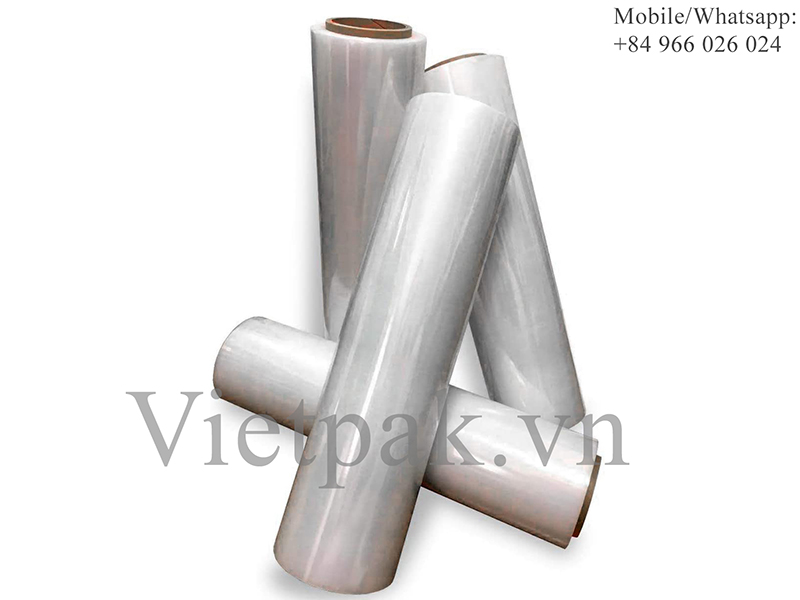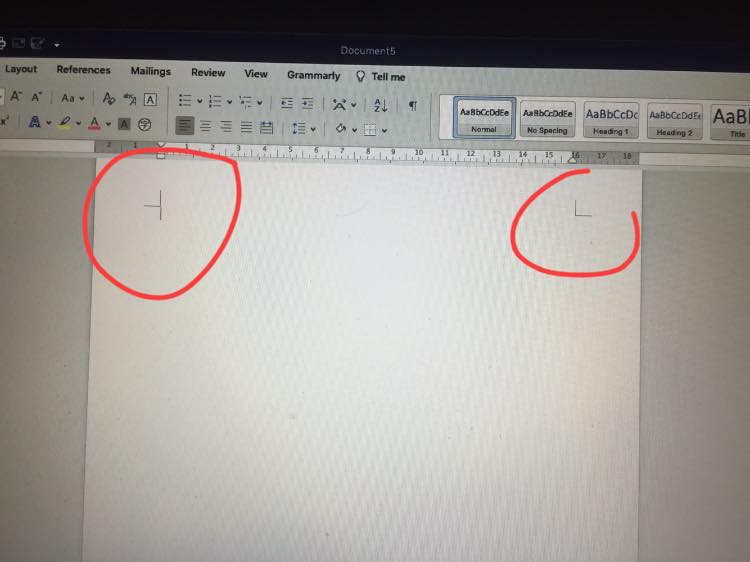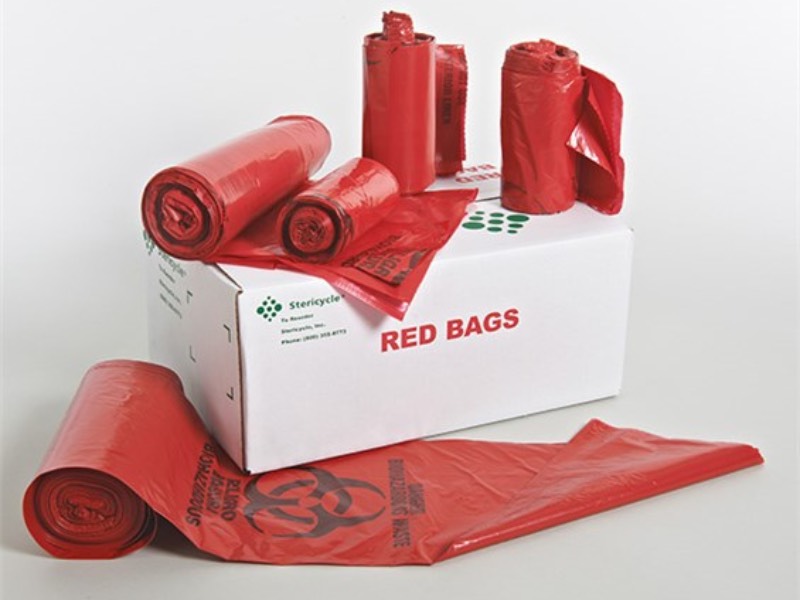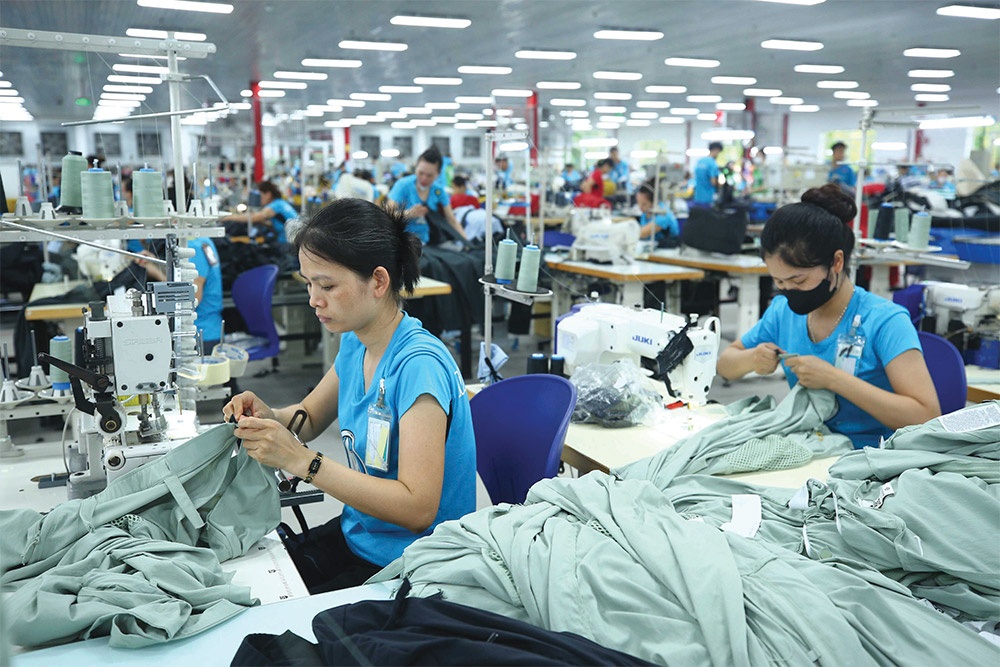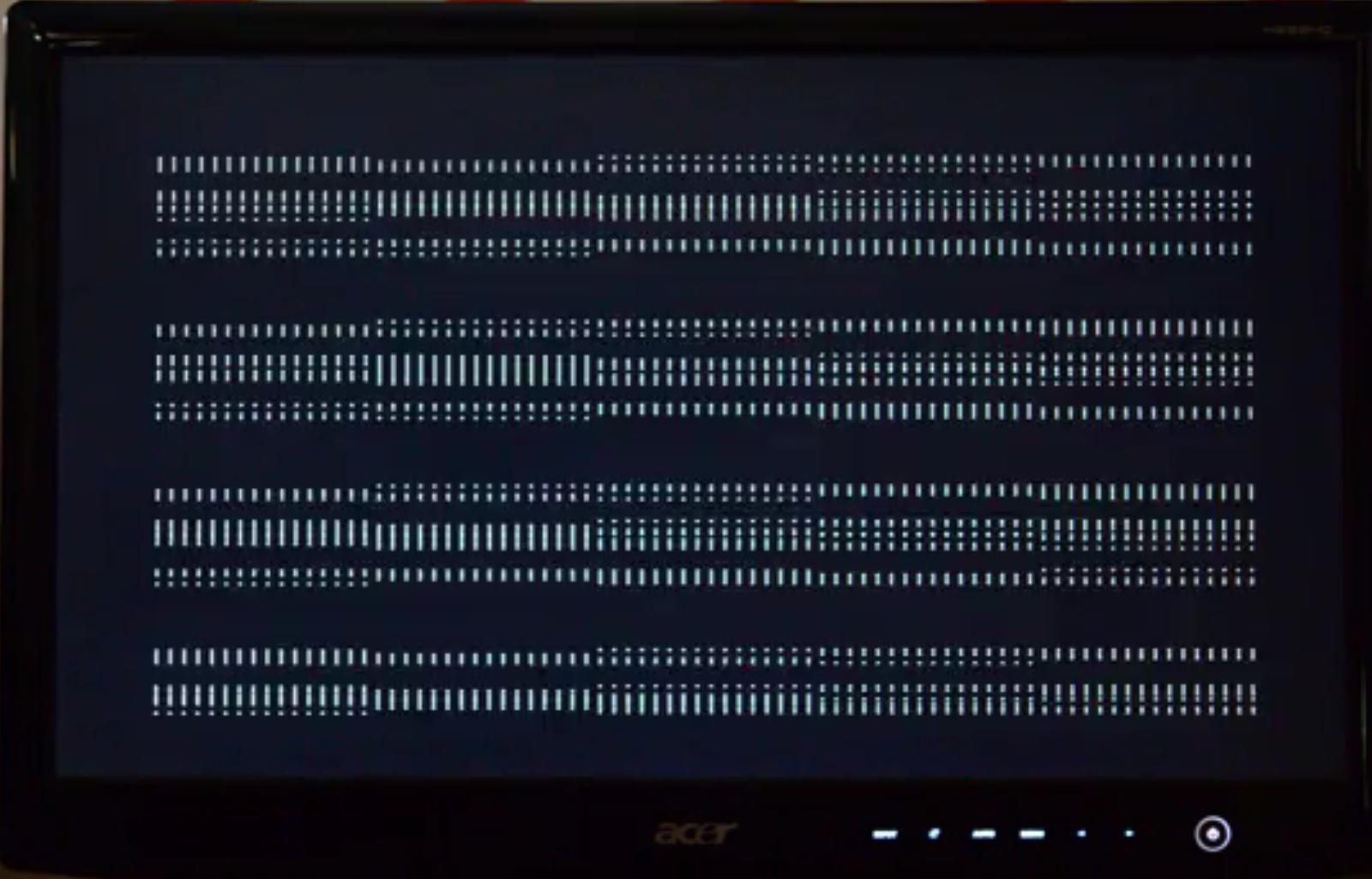kubota glasses price -Short sighted glass. Kubota Vision, led by Ryo Kubota, MD, PhD, recently completed a proof-of-concept study to validate the use of a wearable device based on its technology to control myopia. The company reported that the study confirmed that changes in the eye’s axial length from baseline in the test versus control eyes can be replicated with the wearable device.
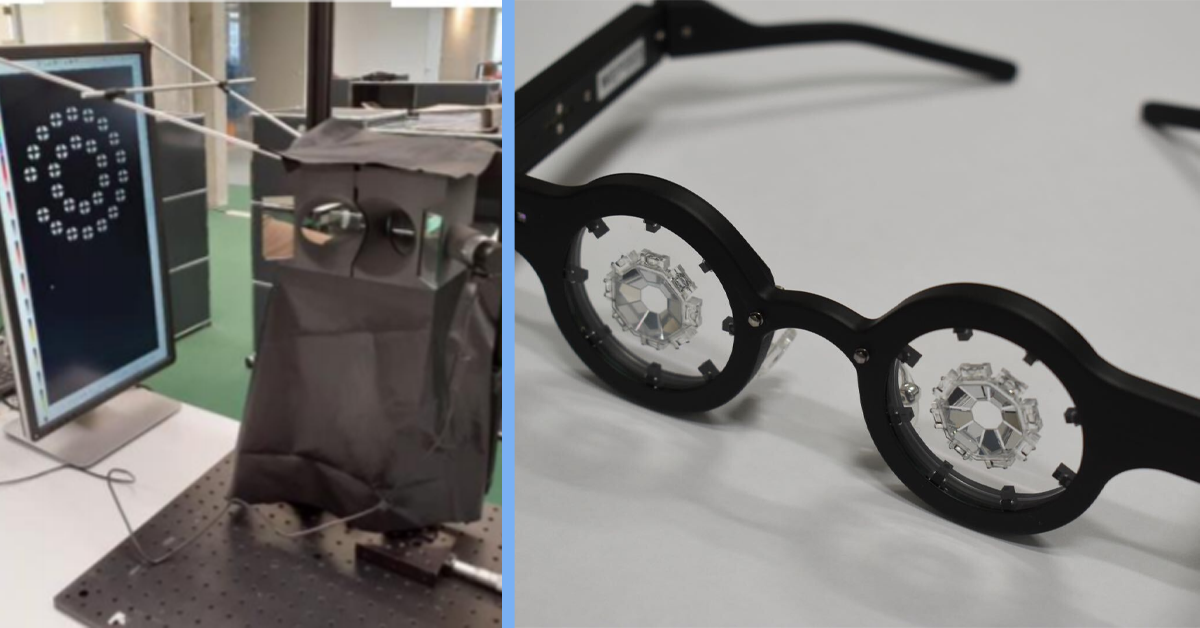
Table of Contents
Kubota glasses price -Short sighted glass
Short sighted glass -Glasses. The simplest, cheapest and safest way to correct short sight is with glasses. Concave prescription lenses (called minus lenses) are used to bend light rays slightly outwards to counteract the over-focusing tendency. As a result, the light rays focus further back in the eye on the retina
The glasses not only have the potential to improve myopia, but also to reduce the risk of myopia-related eye diseases such as myopic macular degeneration, retinal detachment, and glaucoma.
Myopia is the leading cause of visual impairment in children. The condition currently affects more than 1.9 billion people worldwide. By 2050, research suggests that number could escalate to nearly 5 billion – about half the world’s population.
In parts of Asia, myopia is especially pervasive. According to a review and meta-analysis out of the UK, disease prevalence in China, Malaysia, and Singapore hovers between 72% and 90%.
How It Works
Unlike LASIK and orthokeratology, which reshape the cornea, Kubota’s glasses work to shorten the eye’s axial length – the distance from the cornea to the retina. Studies have shown that focusing an image or light in front of the retina reduces eye growth.
Kubota’s technology projects myopically defocused virtual images, generated using micro-LEDs on the peripheral visual field, to actively stimulate the retina, according to company press releases. Using nanotechnology, “the glasses project an image in front of the peripheral retina, teaching the eye to become shorter, thus reducing or reducing the rate of development of myopia while maintaining central vision and not affecting daily activities,” the company said in an email.
Preliminary studies have shown the glasses may not require full-time wear, the company said.
Partnerships and Proof-of-Concept
Kubota is partnering with the Research Foundation for the State University of New York to conduct and carry out testing and characterization of its device to further evaluate its effects on choroidal thickness and axial length.
A previous study conducted by Kubota using a benchtop device demonstrated eye length decreased in a test eye compared with a control eye when Kubota’s image was applied, suggesting it inhibited myopia. The proof-of-concept study, which began in June, evaluated a wearable device based on its technology.
Kubota also tapped Massimo Pinazza and Claudio Dalla Longa of Vista Eyewear to design the glasses. The company hopes to have a prototype ready later this year. “With eyeglass designers in place to design the smart glasses using Kubota Glasses technology, we are getting one step closer to our vision to apply Kubota Glasses technology in augmented-reality devices and virtual-reality devices to protect vision through myopia treatment,” the company said via email.
Kubota isn’t just limiting itself to devices. Its candidate emixustat HCI is in Phase II and Phase III trials for proliferative diabetic retinopathy and Stargardt disease, , respectively, and gene therapy candidate human rhodopsin for retinitis pigmentosa is in preclinical investigations. It’s also working on a home-based miniature optical coherence tomography platform as well as a device for NASA to address SANS, or spaceflight-associated neuro-ocular syndrome.
A Treatment for the Young
Adults over age 30 ready to say goodbye to their glasses may have to seek an alternative, however. Kubota said its glasses work best on individuals between ages 6 and 30. If successful, the glasses may serve as a way to prevent a rapidly developing condition among this age group.
Reference
1. Rudnicka AR, Kapetanakis VV, Wathern AK, et al. Global variations and time trends in the prevalence of childhood myopia, a systematic review and quantitative meta-analysis: implications for etiology and early prevention. Br J Ophthalmol. 2016;100:882-890.
Kubota Glass™ Technology
Wearable Device for Myopia Control
Myopia, or nearsightedness, is a refractive vision disorder which causes blurred sight at a distance. It occurs when the length of the eye (known as axial length) is too great; myopia progresses as axial length increases with age, until the early 20s. Myopia currently affects 2.56 billion people worldwide and is projected to affect 3.4 billion people by 2030, if current trends remain unchanged(*1). Myopia increases the risk of developing sight-threatening diseases such as myopic maculopathy, retinal detachment, and glaucoma – making a measurable impact on society(*2). Today, children in East Asia (including Japan, China, Hong Kong, Taiwan, South Korea, and Singapore) develop myopia at a high rate; for example, 96.5% of 19-year-old males suffer from myopia in Seoul(*3). Myopia also affects over 40% of individuals over the age of 12 years in the U.S.(*4)
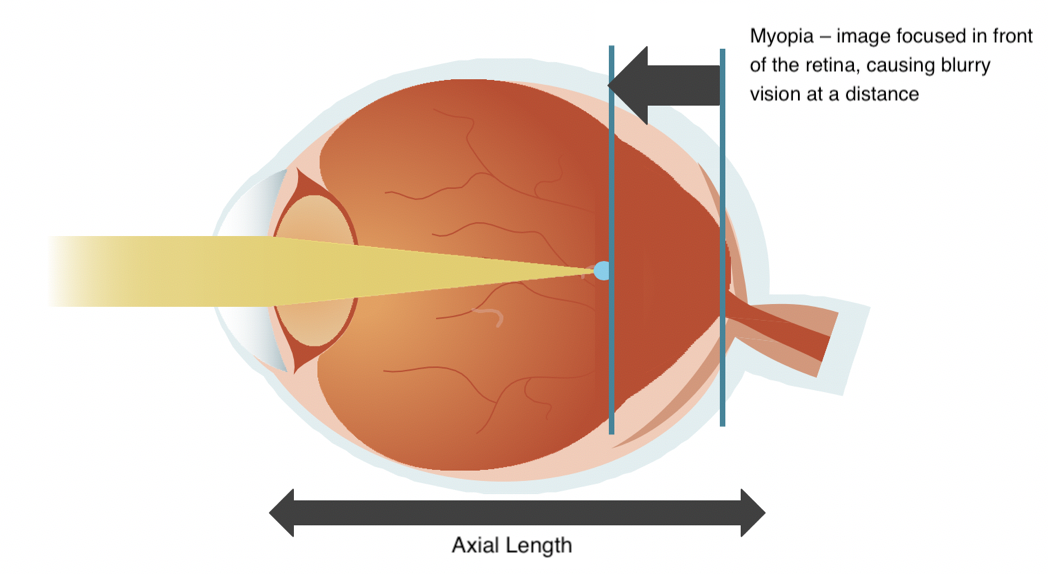
*1 Report of the Joint World Health Organization-Brien Holden Vision Institute, University of New South Wales, Sydney, Australia. The impact of myopia and high myopia. 16-18 March 2015.https://www.who.int/blindness/causes/MyopiaReportforWeb.pdf
*2 Flitcroft DI. The complex interactions of retinal, optical and environmental factors in myopia aetiology. Prog Retin Eye Res. 2012 Nov;31(6):622-60
*3 Dolin E. The myopia boom. Nature 2015 Mar 19;519(7543):276-8
*4 Prevalence. International Myopia Institute. https://www.myopiainstitute.org/prevalence.html Accessed May 15, 2020.
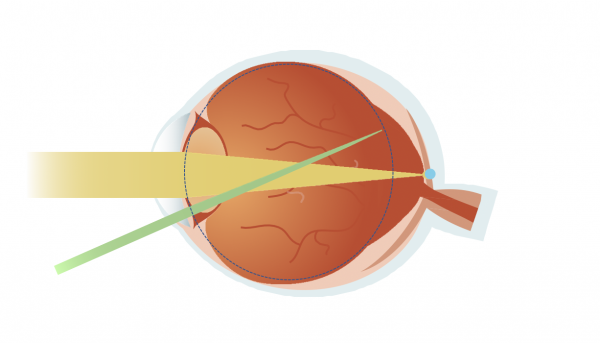
Kubota Glass™ technology works to reduce the increase in axial length associated with myopia by projecting myopically-defocused virtual images generated using micro-LEDS on the peripheral visual field to actively stimulate the retina. Passive stimulation using myopic defocus is already in use in the US with a contact lens, “MiSight® 1 day” by CooperVision, which is U.S. Food and Drug Administration (FDA) approved to slow the progression of myopia. This product, which uses multifocal contact lens technology, passively stimulates the entire peripheral retina with light myopically defocused by the non-central power of the contact lens. Kubota Glass™ technology leverages nanotechnology in its electronic glasses-based device and seeks to reduce the progression of myopia by actively stimulating the retina for shorter periods while maintaining high-quality central vision and not affecting daily activities. The company is planning to submit the full data for scientific publication.
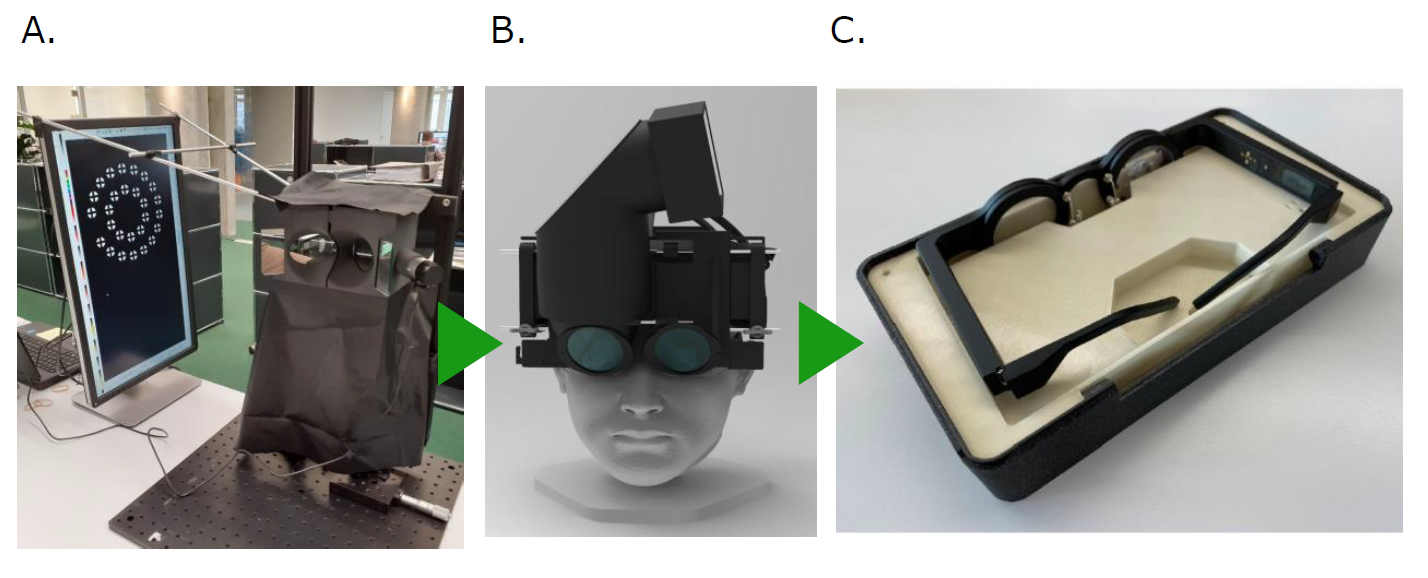
Kubota Vision conducted a clinical study in early 2020 with an electronic tabletop optical projection device (A) that embodied Kubota Glass™ technology. The company monitored the effect of the application of a myopically-defocused stimulus on the retina on axial length in 12 subjects of aged 21 to 32 years (7 Asian, 4 White, and 1 Hispanic subjects; 9 males and 3 females) with spherical refractive error of -3.5D〜0.0D. The results of the study demonstrated that axial length decreases with the application of projected myopically-defocused images in the test eye compared to the control eye, which has not been reported in the literature. The company also completed a successful proof-of-concept (POC) clinical study to validate the concept of a wearable myopia-control device based on Kubota Glass™ technology (B) in August 2020. Based on these results, the company has completed the first spectacle-style wearable prototype based on Kubota Glass™ technology (C).
Kubota Vision continues to advance its program. Further clinical studies will be conducted to verify the changes in axial length induced by myopically-defocused virtual image projection over a longer period of time. The company is also working on product design improvements and plans additional clinical studies for regulatory approvals.
Kubota Vision is also planning to use the Kubota Glass™ technology to develop smart contact lenses for the reduction of myopia progression. The development plan for a smart contact lens with Kubota Glass™ technology will be disclosed as the project progresses. The company envisions applications of Kubota Glass™ technology in augmented reality (AR) devices and virtual reality (VR) devices to protect children’s vision through myopia treatment.

